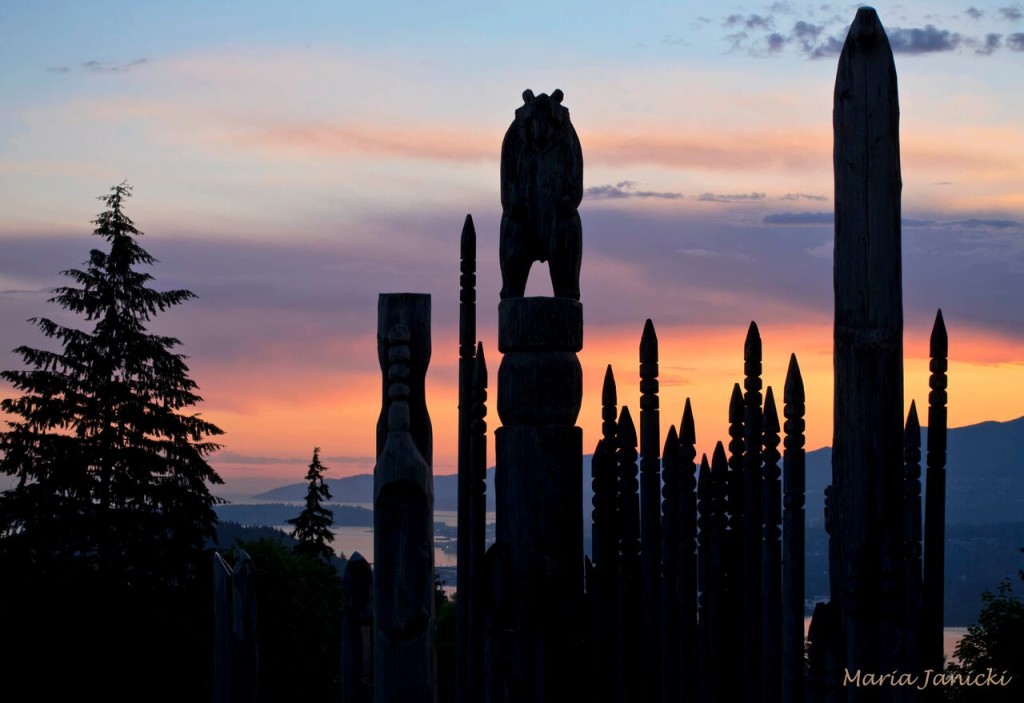
Behind the artwork
By Katie Czenczek, Staff Writer
Lawrence Paul Yuxweluptun is a modern artist known for his vivid colours combined with traditional Coast Salish iconography found in his acrylic paintings on canvas. He also manages to incorporate a level of surrealism that Salvador Dali would have envied. Yuxweluptun’s sense of humour in life translates to canvas, since he paints many satirical paintings—one of which features Christy Clark masked with long talons and sharp teeth, titled “Christy Clark and the Kinder Morgan Go-Go Girls.”
Although a large portion of his paintings feature an element of humour, he also has some harrowingly honest pieces of work that depict the untold history of Canada. Pieces such as “Residential School Dirty Laundry” depict the reality many residential school children faced as there were a high number of sexual assaults committed against Indigenous kids. The installation lines up hundreds of pairs of underwear in the shape of a cross with red acrylic point splattered over them to signify the violence.
“My job is to be a shit disturber,” Yuxweluptun said during a lecture held at Simon Fraser University when discussing his life as an artist. This rings true in his artwork as he depicts oil spills, deforestation, racism, loss of Indigenous culture, and greed of corporations and the government, to name just a few of the topics—and he is still just as passionate when he takes a break from letting the art speak for itself.
Yuxweluptun gave his lecture on Friday, November 10 at SFU’s Harbour Centre. His lecture brought up the issues a colonialist society faces, and unsurprisingly, featured a discussion about what non-Indigenous Canadians can do as settlers in Canada. In particular, he discussed the Indian Act and the havoc it has wreaked on Indigenous people, both Status and Non-Status. He was clearly passionate about the topic, and he shared some personal stories about his family’s experiences in residential schools, as he was a part of the first generation of Indigenous children to go to public school rather than residential school. He also described how he first was introduced to art as a young boy, where he learned how to create Northwest Coast totem poles.
Although there are some people who may find his artwork to be controversial, he argues that he only speaks the truth about contemporary Indigenous peoples through his medium.
“My position as an artist is to be a free human being—and to freely state the realities and the conditions of Aboriginal people,” he said.
He also joked about how he first decided to make his art public: “Why piss off one when you can piss off thousands?”
It’s no wonder that his political beliefs are embodied in every piece of art he’s created.


